How to Get Rid of Static in Hair
Ugh. Nothing is more annoying than when you are brushing and trying to style your hair, only to find it clinging to your brush or sticking up on end. That is what happens when your hair is full of static. How can you restrain unruly locks charged with static electricity? In this article we'll explore why static hair occurs and provide tips for removing and preventing static in hair. Static electricity results when objects rub together, and electrons transfer from one object to the other. One object loses electrons and takes on a positive charge. The other object gains electrons and takes on a negative charge. Like the negative and positive ends of attracting magnets, this difference in charges produces a "clinging" effect between the two objects, thus the phrase "static cling." By default, your hair has a negative charge. But when something rubs against your hair, like a hat, a wig, or a brush, the electrons that confer that negative charge can transfer to the other object. Your hair then takes on a positive charge. But here's the thing—each of your hairs now has a positive charge. And like the positive ends of two repelling magnets, they push away from each other—and sometimes stand upright. Do you find your hair stands up sometimes, even when you have not touched it? It could be the result of dryness in the air. The ultimate goal is to avoid static hair, but if your hair is full of static cling, here are some simple at-home solutions. A little bit of leave-in conditioner can go a long way toward locking in moisture and protecting your hair from static buildup. Don't have any leave-in conditioner handy? One simple alternative is to use a skin moisturizer. Be aware that moisturizer creates a barrier that locks moisture in or out. So, get your hair a little damp before you apply it. Otherwise, you might end up making dryness worse (though you will probably still dissipate static and tame flyaway hairs when you put it in). You can purchase anti-static sheets for hair that are similar to dryer sheets. When you run them over your tresses, they help to dissipate the static. Can you use dryer sheets? Sure, in a pinch. But they are not ideal since they are not intended for your hair. Did you know just dampening spots where there is static in your hair can help to reduce static? So, get your fingers wet and run them over static-y patches. Or spray some water out of a bottle on your hair and then pat it down gently. Applying a little oil to your hair like argan oil or coconut oil is a fast and easy way to improve moisture and reduce static. Note that it does not take much oil at all to moisturize your hair. If you apply too much, your hair will look and feel greasy. So, be conservative and check the results, adding more if you need to do so. Finally, many different products on the market can help to get unruly hair under control, regardless of whether the issue is static cling or something else. Many people go straight for hairspray, but you can also tame your hair using hair gel, mousse, clay, or pomade. You might try experimenting with different products if you do not know what works best on your hair type or the styles you want to achieve. Now you have some easy recommendations for how to get rid of static in hair. But how can you prevent static buildup in your hair to begin with? When you blow-dry your hair, you dry it out. You should put the heat setting on minimum and only blow-dry as much as necessary. If you use high heat or overdo it, you can find yourself with a ton of static cling. Apply a protectant to your hair before you blow-dry it or use any other heat appliance. Doing so will help to prevent all the moisture from leaving your locks. Have you ever wondered why you need conditioner? Often, the answer comes down to the shampoo that you are using. Shampoos that contain sulfates tend to dry out hair. Your hair may be especially prone to this if you have fine strands. So, after you shampoo your hair, you condition it to restore the moisture that the shampoo stripped out. But even then, the conditioner may not make up for the dryness caused by the shampoo. The best solution? Get away from shampoos that contain sulfates altogether. You may even find you no longer need conditioner to keep your hair moisturized and low in static. Your hair also may be less prone to damage. Wooden combs and brushes with natural bristles tend to produce less static in hair than plastic combs and brushes with nylon bristles. Just as combs and brushes featuring natural materials tend to cause less static cling than those that feature synthetic materials, the same goes for hats. Consider wearing hats made of natural materials on days that are particularly dry. Now you have some simple hacks to remove static from your hair and prevent it from building up in the first place. If you are diligent with these habits, you should have fewer problems with frizz, flyaway hairs, and static cling. Why Does Hair Get Static in It?
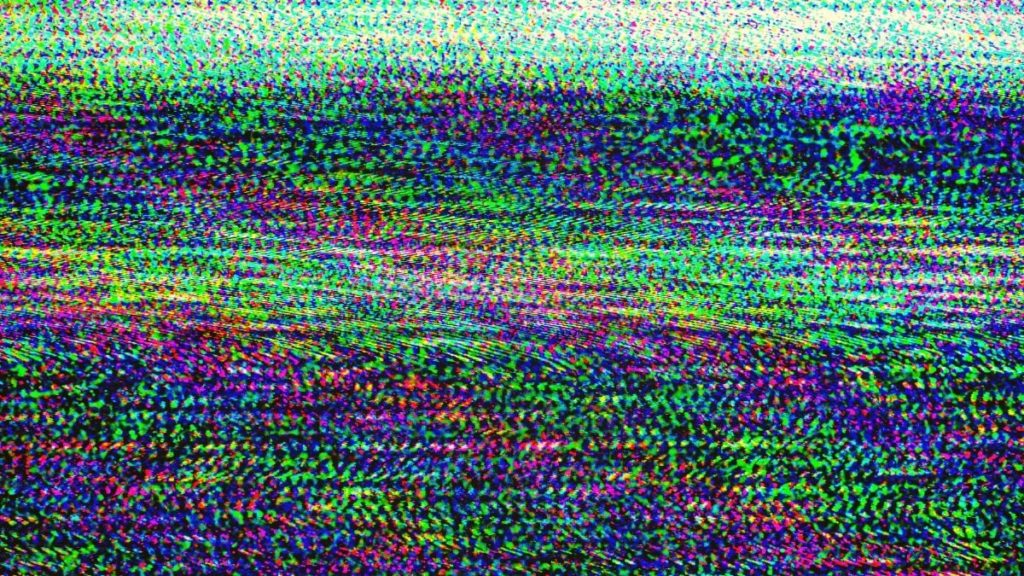
How to Remove Static from Hair
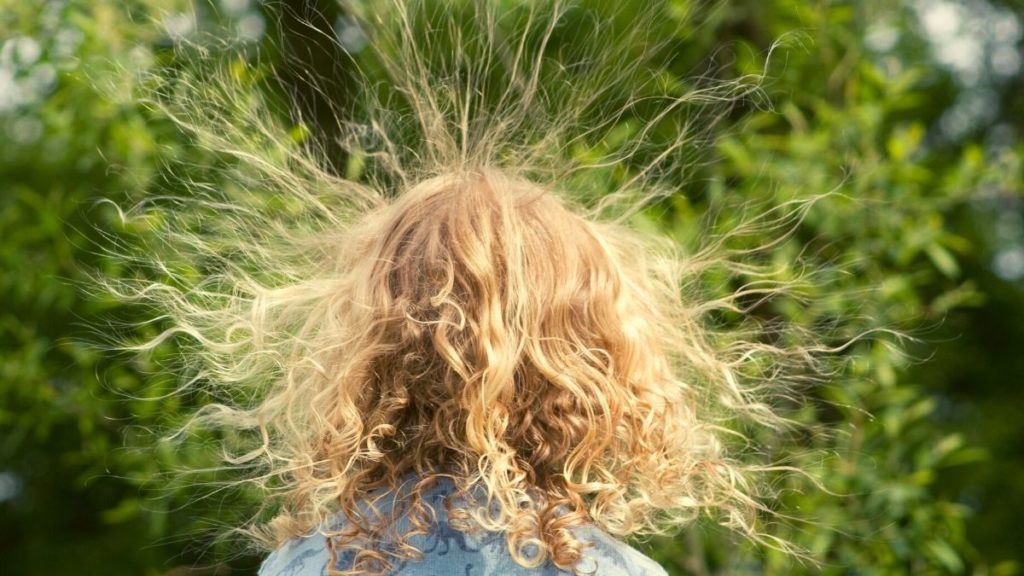
1. Apply leave-in conditioner
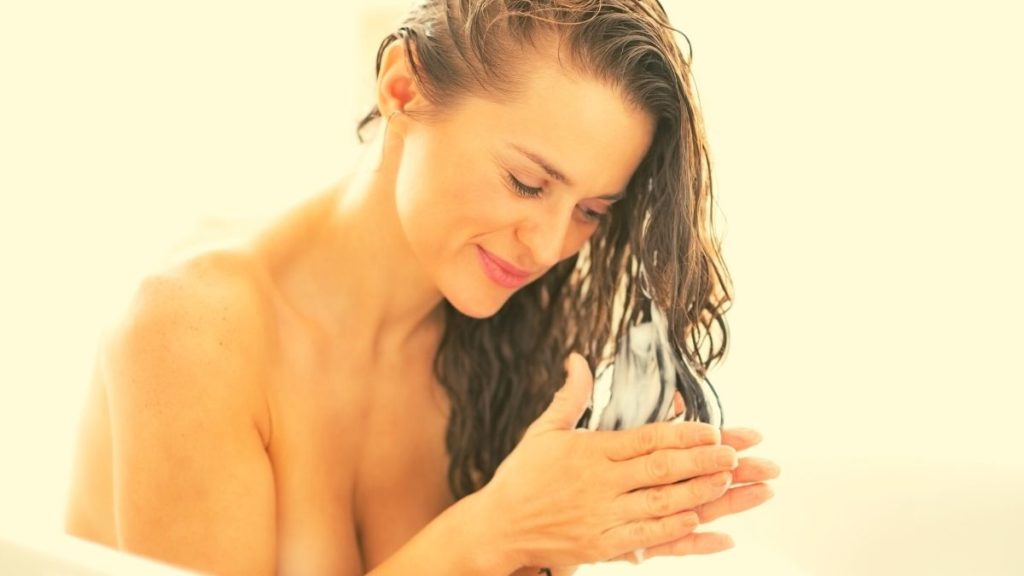
2. Use a moisturizer
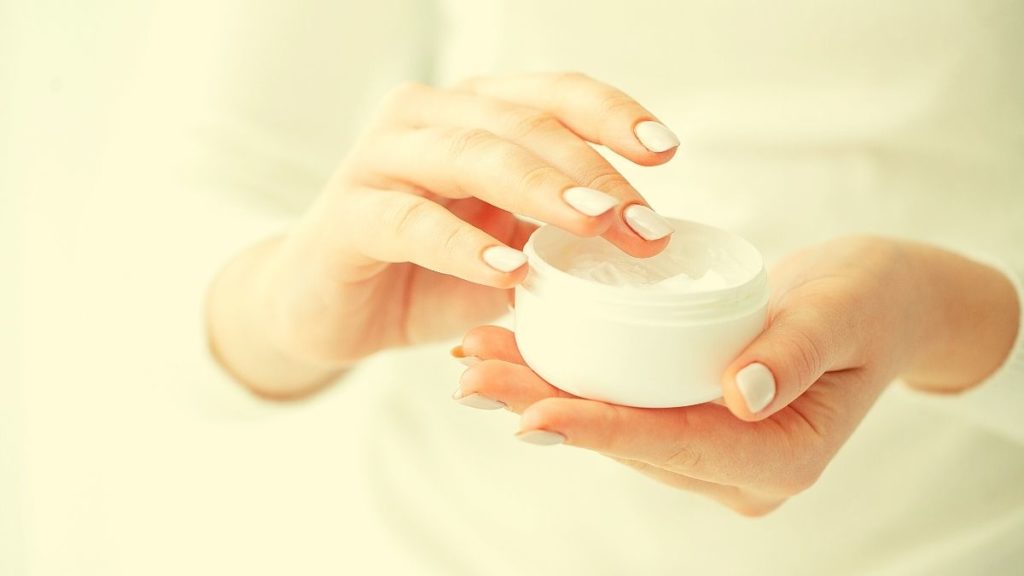
3. Use an anti-static sheet
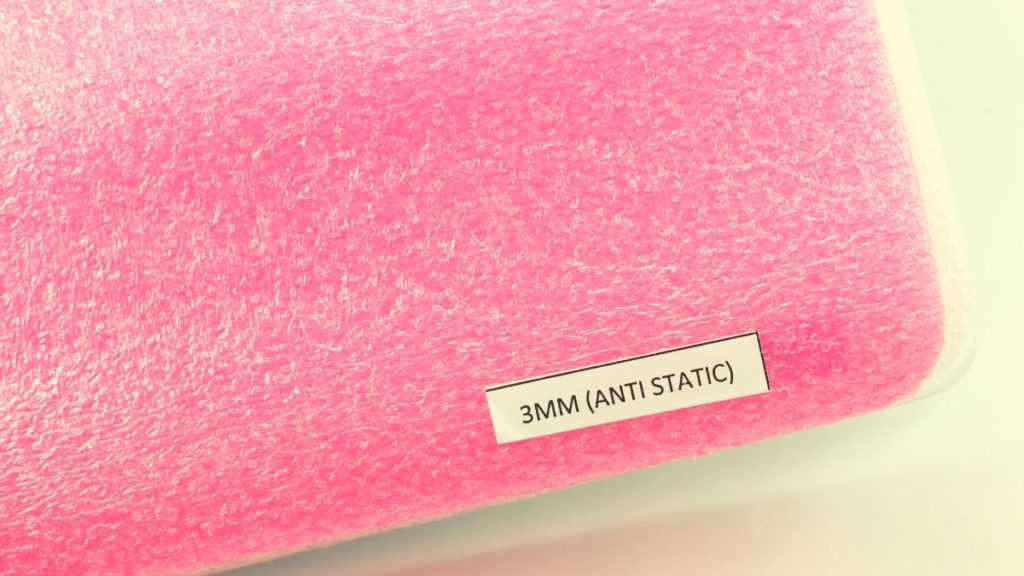
4. Get your hair damp
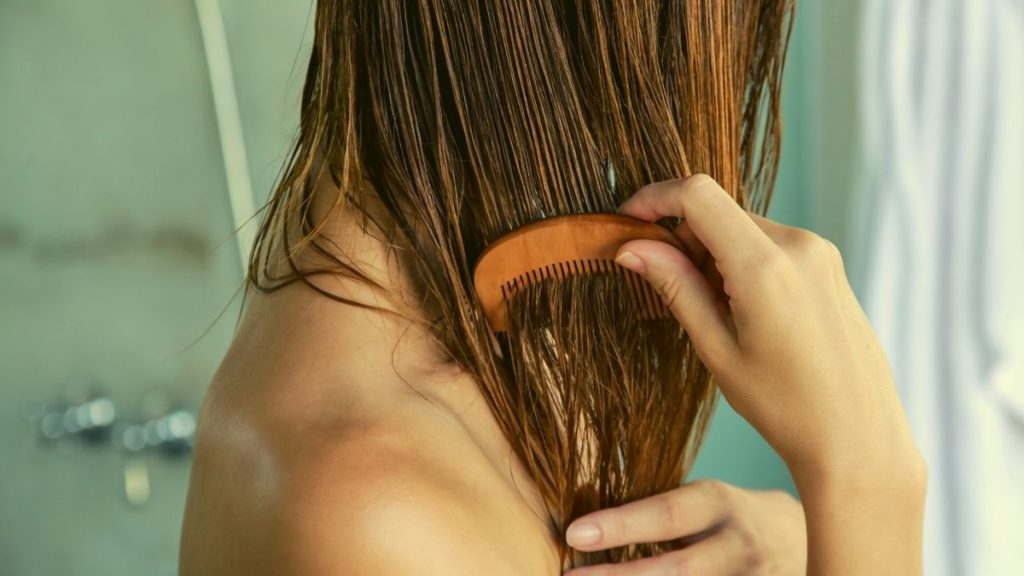
5. Use a hair oil
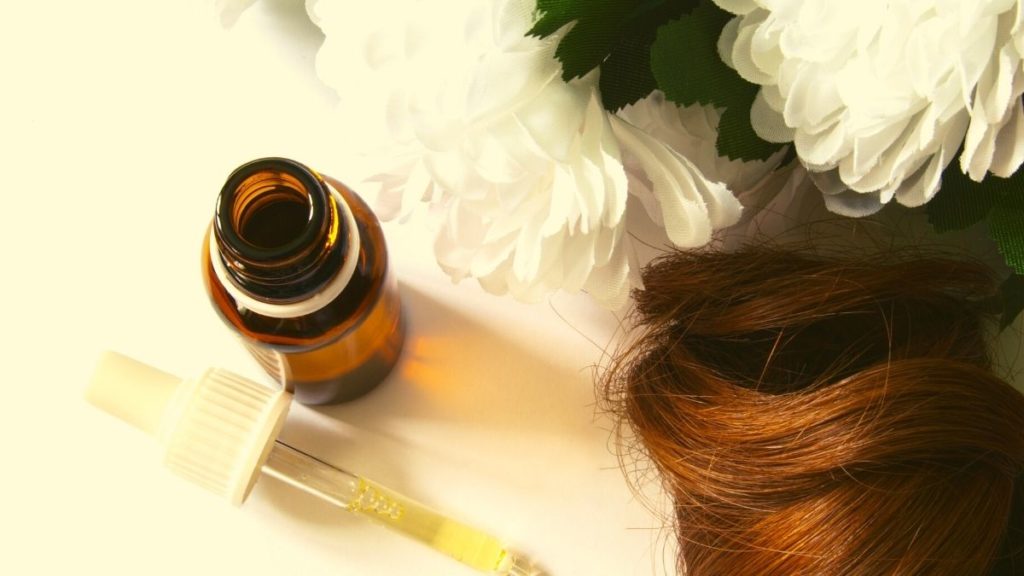
6. Apply hairspray, gel, mousse, clay, pomade, etc.
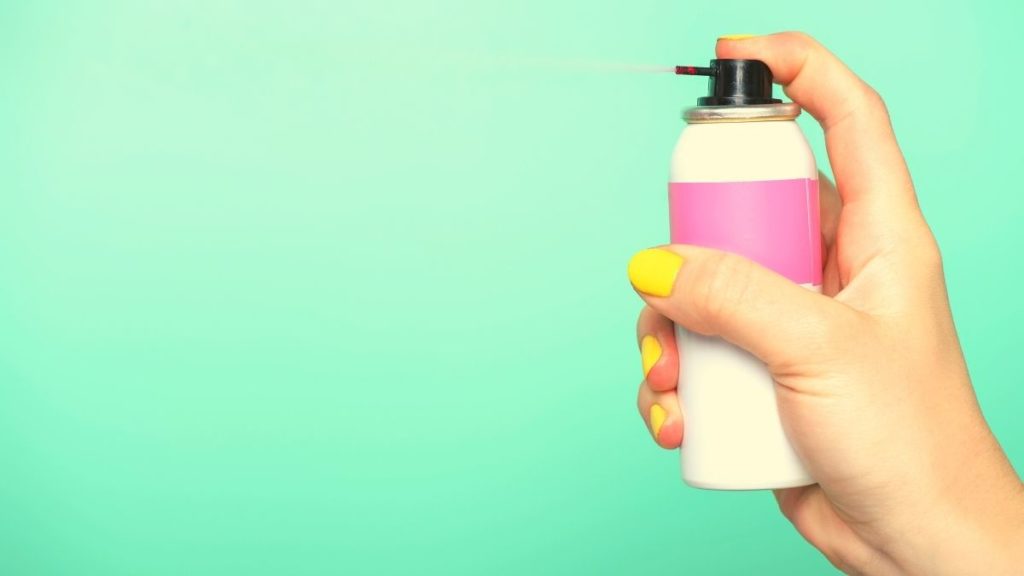
How to Prevent Static in Hair
1. Avoid blow-drying your hair
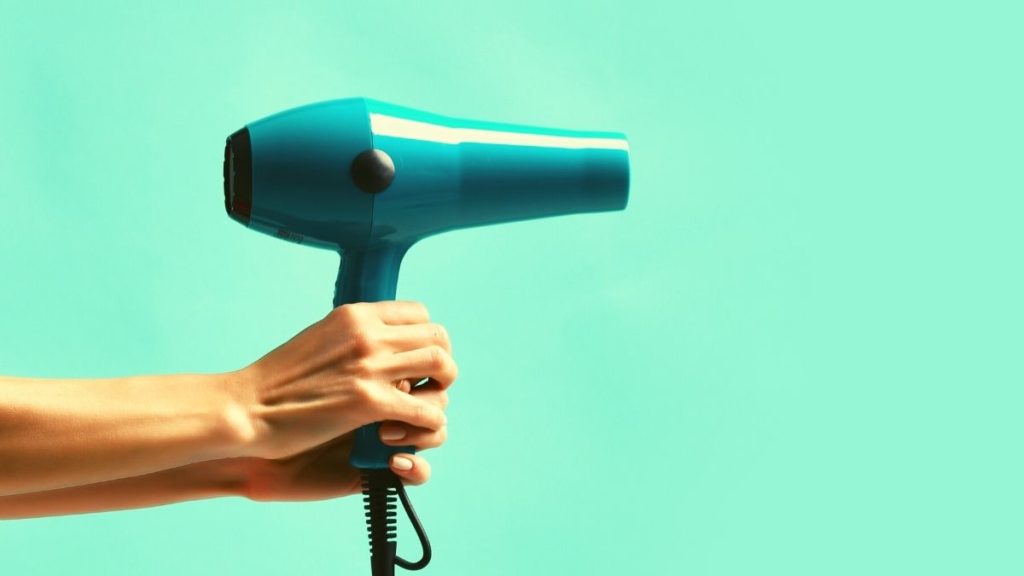
2. Don't use shampoos that dry out hair
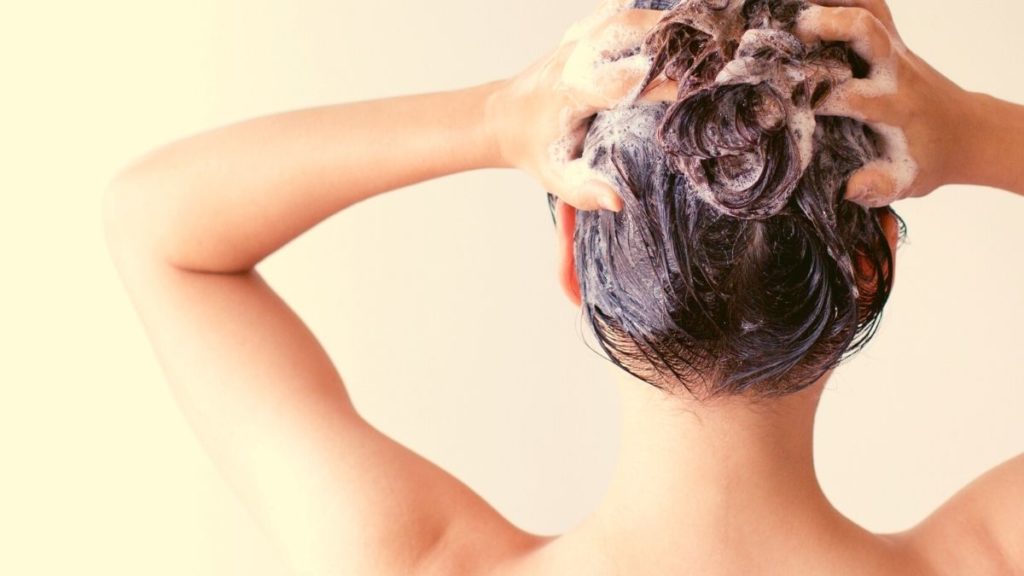
3. Choose a brush or comb that doesn't cause as much static buildup
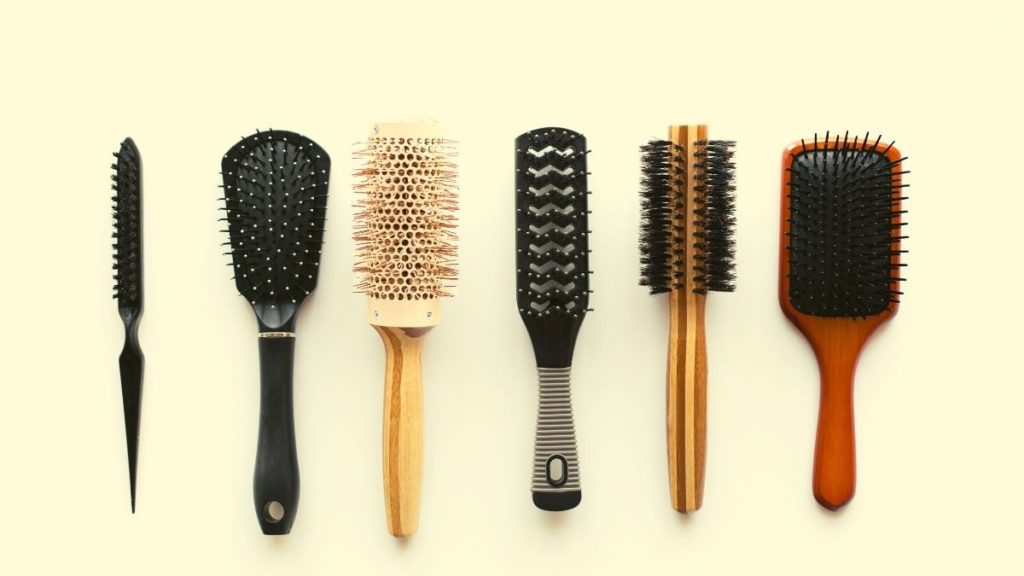
4. Wear hats with natural fibers
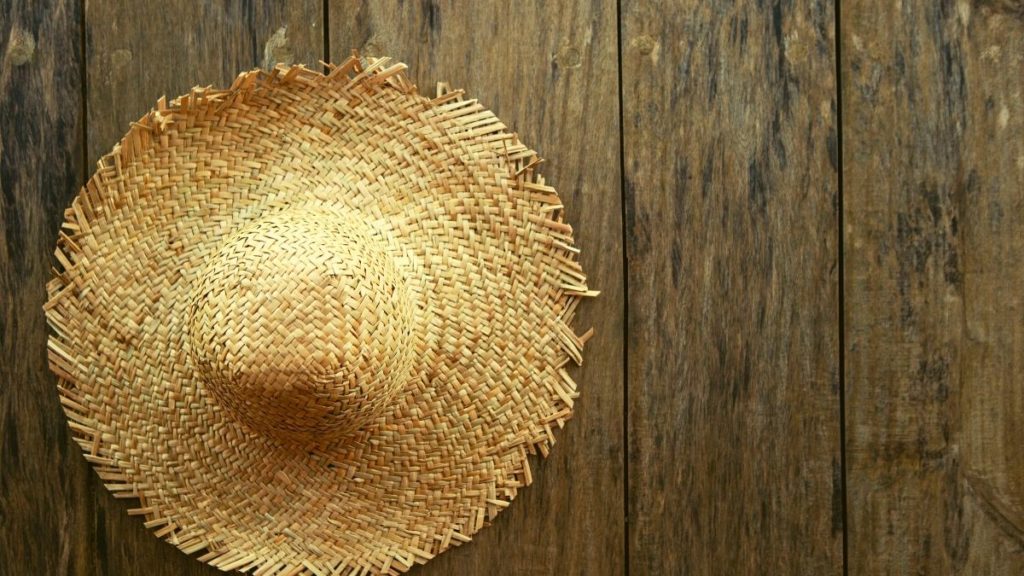
Conclusion: Static Cling is Annoying in Hair, But You Can Get Rid of It
How to Get Rid of Static in Hair
Source: https://eunatural.com/how-to-get-rid-of-static-in-hair/